Your Practical Roadmap before Implementing AI in Business for Faster Growth

Transforming your business with AI isn't about throwing technology at the wall and hoping something sticks. It's a careful, research-driven journey demanding calculated investment, a dedicated team, and constant commitment to ethical practices. Let's break down the AI journey with a clear roadmap so that you can squeeze the most value before adopting it into your existing business ecosystem. I'm composing a few important factors of consideration before implementing AI in business.
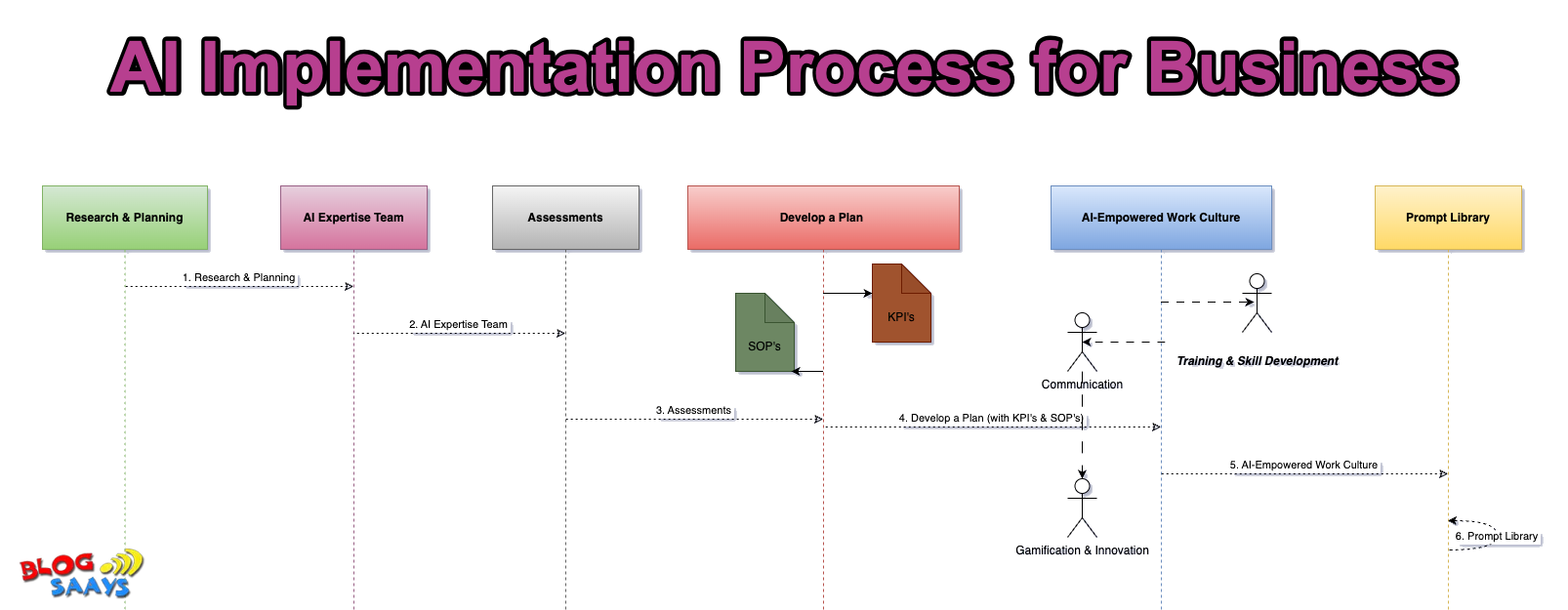
1. Research & Planning: Getting Educated is important!
Don't play roulette with your AI budget. Conduct in-depth research to identify areas where AI can unlock substantial value. You can identify repetitive tasks that are draining efficiency, which business data requires insights, or customer experiences seeking personalization.
I know it's vital to find the Right Tool for the Job, but don't get attracted by the latest AI fad. You must explore the diverse landscape of your business w.r.t machine learning for predicting trends, natural language processing for understanding customer conversations, and computer vision for analyzing images and videos. You have to find the tech that's the perfect fit for your unique needs and aligns with your budget.
Remember, AI isn't magic, it's an investment.
You must Analyze the potential returns (think efficiency gains, revenue boosts, and a happier workforce) against the costs (software, hardware, data infrastructure, training, and ongoing maintenance). Make sure the long-term value outweighs the initial spend.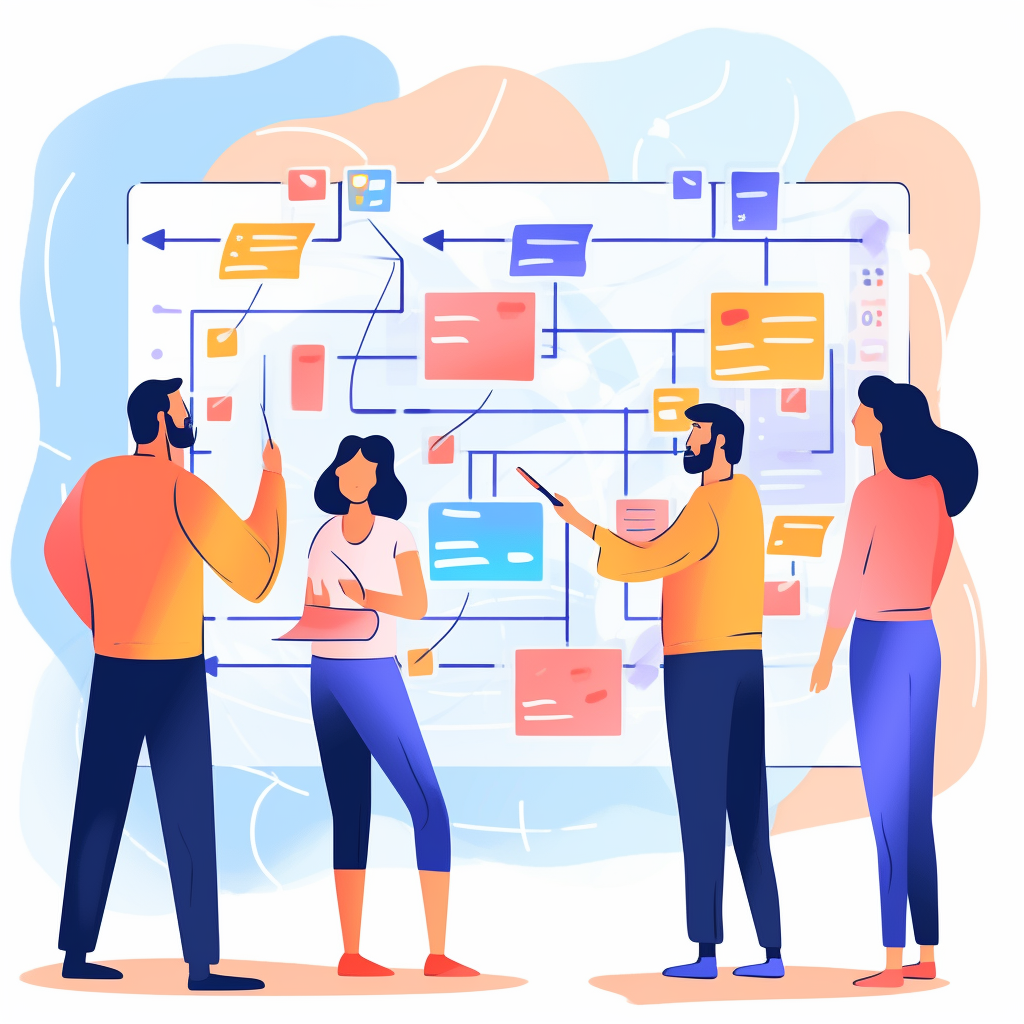
Competitor Analysis: Research similar companies like yours and learn from their AI successes & missteps. You don't have to reinvent the wheel. Learning from industry experience is most important during the start of the AI process.
2. Build Domain-Specific AI Expertise Team & business strategies
The first important thing you have to do is get the C-suite executive on board! You must ask them to provide strategic direction and ensure AI adoption will scale your overall business goals.
Along with this you must focus on hiring a diverse skilled AI team like data scientists who understand the language of data, engineers who build the AI tools, IT professionals who ensure a smooth integration, business analysts who translate needs into AI realities, AI specialists who guide responsible implementation, and keep eyes on your business scalability.

Team of Experts :
Implementing AI in your business can be a complex and challenging task. That's why having a team of experts on your side is essential for success. Here are some positions you must create within your team.
- The Board of Directors: This is your high-level council, led by the executive, which sets the strategic vision, approves major decisions and tracks progress. Consider them AI visionary people in your business domain.
- Tech Geeks Team: This team is composed of data scientists, engineers, and IT pros. They also tackle the technical challenges & implement them in your business. This team will also help to choose the right tools, build the models, and ensure data flows like a well-rehearsed melody. You must consider when to outsource for particular AI expertise versus developing talent in-house. Sometimes a hybrid approach makes sense, especially for smaller companies. I strongly believe in alpha-beta testing before choosing a permanent approach.
- Business Analysts Team: Here you must have representatives from impacted departments who focus on the user needs. This team will prioritize tasks for automation, provide feedback on the AI's performance, and manage the changes within their teams.
- Legal Responsible AI Team: This team ensures Responsible AI development and deployment along with strong AI policies within the organization. This team will also identify potential biases, monitor developments with ethical guidelines, and mitigate risks associated with AI.

3. Assessments: Identifying Opportunities for Growth
Assessments are like car checkups for your AI, they make sure it's running smoothly, saving you money and preventing future crashes.
- Strategic Assessments: Here you evaluate potential AI applications through a strategic lens. Consider factors like alignment with business goals, potential ROI, and long-term impact on your industry.
- Focus on Low-Hanging Fruit: You have to prioritize AI projects with clear benefits and a high chance of success. Start with automating repetitive tasks or leveraging AI for data-driven decision-making in specific departments. Before diving in, it's vital to assess if you have the right data needed to train AI models. Check the quality, quantity, and structure of your data. From my personal experience point of view, poor data is the leading cause of AI project failure.
- HR Skills Gap Analysis: Assess the impact of AI on your workforce. Identify skill gaps that may arise. Develop & conduct training programs to equip employees for the AI-powered future. It's really important to upgrade your existing workforce by teaching them AI instead of laying off the existing workforce. This will not only boost your business but also scale the skillsets of your employees.
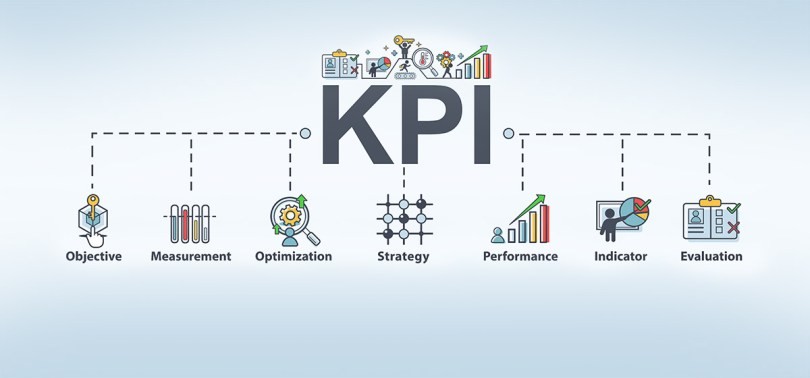
4. Develop a Plan (with KPI's & SOP's ): Mapping Your AI Journey
KPIs are like a GPS, it shows if you're on track. SOPs, the steps to get there. Both are very imporatnt for business success.
- Define Objectives: Set clear, measurable objectives for your AI implementation. Align these objectives with your overall business goals and desired outcomes.
- Develop a Roadmap: Create SOP's across different teams to outline the steps involved in your AI journey. Include milestones, timelines, and resource allocation for each phase.
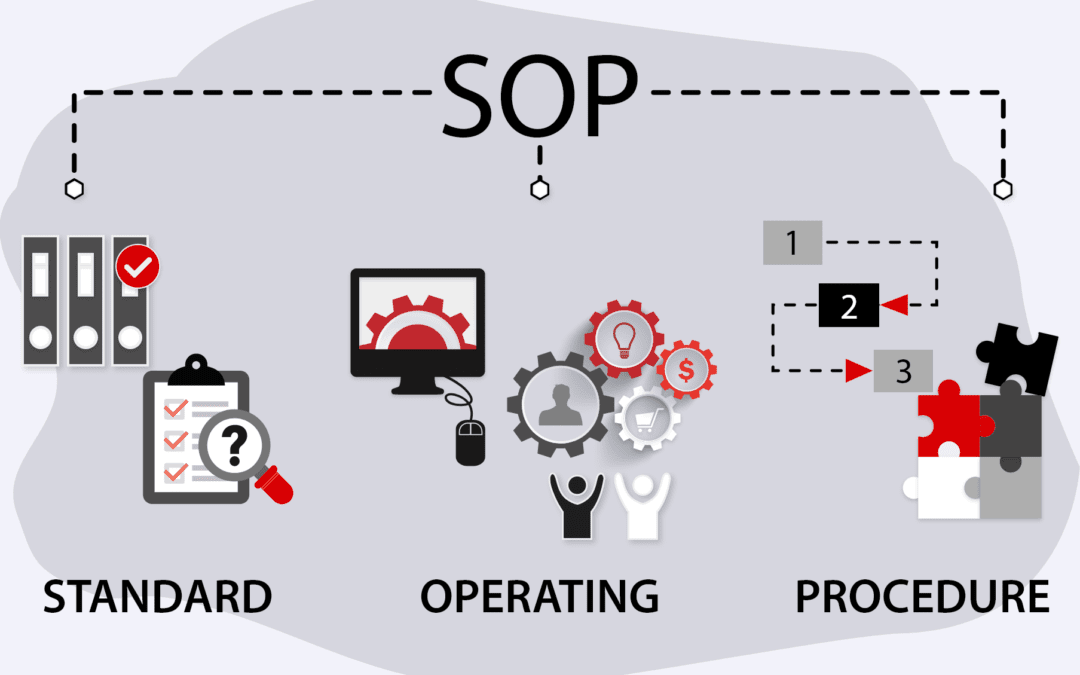
- Establish Key Performance Indicators (KPIs): Identify key metrics to track the progress and success of your AI initiatives. Monitor these KPIs regularly and adjust your approach as needed. KPI's really play a crucial role in adopting new technologies within your existing business.
- Customer Impact: Always keep the customer experience central to any AI plans. How does AI create better experiences, insights, and products/services for them? Prioritize the inclusion of human needs and AI solutions.
Remember: The AI journey is an exciting one, but the biggest impact is when business transformation and the human element remain centre stage.
5. Encourage AI Usage: Building an AI-Empowered Culture
Encouraging employees to leverage AI in their work is a way to supercharge productivity, creativity, and talent.
 i. Communication & Transparency:
i. Communication & Transparency:
- Open Dialogue: You have to schedule regular town halls, workshops, and internal newsletters to discuss AI initiatives, share progress, and address concerns.
- Emphasize Benefits: You have to clearly communicate the positive impact of AI on both individual and company-wide levels.
- Simplify the Technology: It's very important to simplify the language around AI and avoid technical jargon. Encourage open questions and provide accessible resources for employees to learn about AI at their own pace.
 ii. Training & Skill Development:
ii. Training & Skill Development:
Train your team to trust & understand AI: unlock human-powered + tech-fueled success.
- Upskilling Programs: You have to invest in training programs to skill employees who can work alongside AI POC/projects. It's important to offer courses on data literacy, basic AI concepts, and how to interact with AI tools effectively.
- Certification Programs: You have to encourage participation in recognized AI certifications to build trust and boost confidence in working with AI.
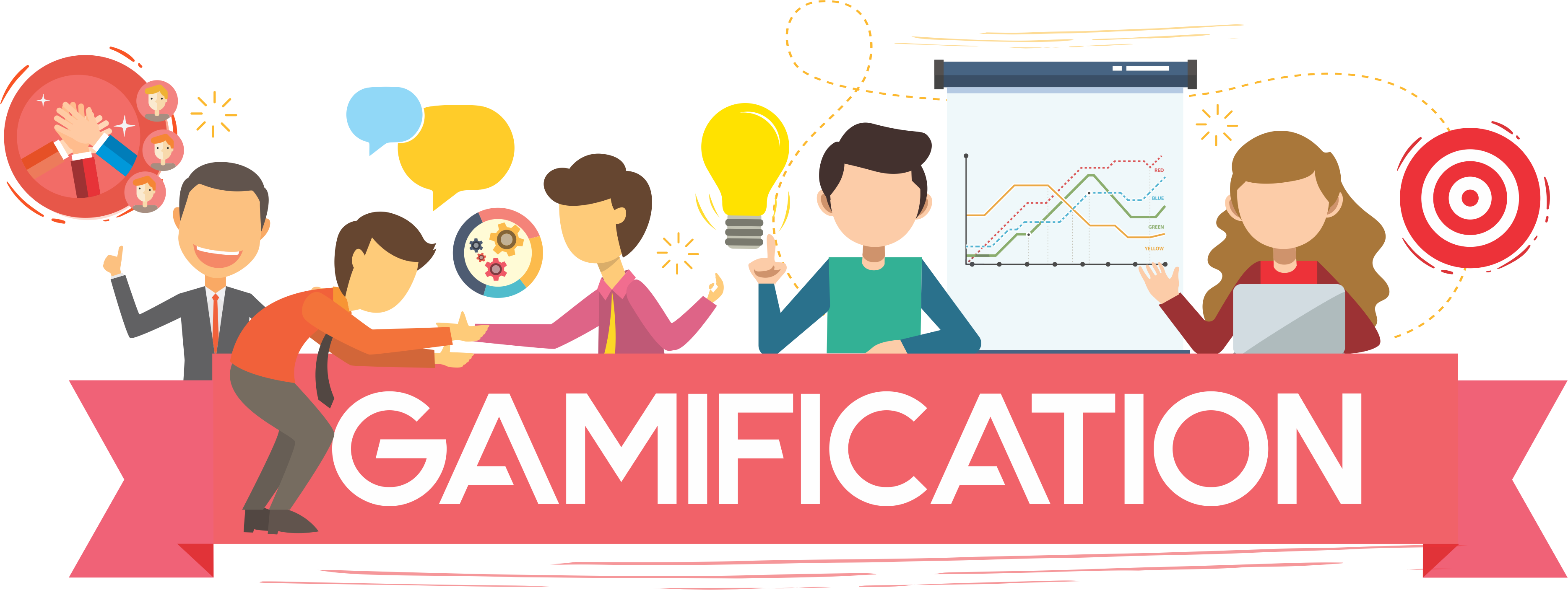
iii. Gamified Innovation:
AI + Games = Fun fuels innovation. Breakthrough ideas, playful sprints, faster progress.
- Internal AI Contests: You have to organize hackathons or innovation challenges. This will incentivize employees to explore creative applications of AI within their roles.
- Pilot Projects: Grant funding and support for small-scale AI projects proposed by employees. This empowers them to test their ideas and experience the value of AI.
- Recognition & Rewards: Acknowledge and reward employees who demonstrate successful collaboration with AI or propose innovative uses of the technology.
5. Prompt Library:
A prompt library is like a toolbox for your AI development journey. It holds pre-crafted "instructions" called prompts that help you get the most out of your AI models, saving you time and effort.
Here's why a prompt library is crucial:
- Efficiency Boost: Imagine constantly reinventing the wheel every time you want your AI to do something new. An AI prompt library acts as a collection of pre-tested prompts for various tasks. This will help you quickly to select the right one, rather than starting from scratch each time.
- Consistency & Quality: When team members use the same prompts for similar tasks, it ensures consistency in how your AI model performs. This helps maintain a high standard of quality across projects and avoids individual variations in prompting styles.

- Experimentation & Optimization: A library encourages experimentation with different prompts for the same task. This allows you to fine-tune your prompts for optimal results, pushing your AI model's performance to its full potential.
- Knowledge Sharing & Collaboration: Think of a library as a central repository of accumulated knowledge. Team members can contribute and utilize effective prompts, simulating collaboration and knowledge sharing within the AI development team.
- Adaptability & Scalability: New prompts can be added for emerging tasks, allowing your AI to keep up with changing demands and scale efficiently.
Ultimately, a prompt library isn't just a collection of words; it's a repository of experience and optimization. By investing in building and maintaining one, you empower your AI development team to work smarter, faster, and achieve better results.
Conclusion:
I believe transforming your business with AI isn't about flashy tech – it's about smart planning. If you want to maximize AI's impact, a strategic approach is essential from the bottom to the top of your business & management. If you're still finding AI implementation challenging, don't hesitate to reach out! I offer free consultations to help businesses find the essential tools and strategies for success before implementing AI in business.

